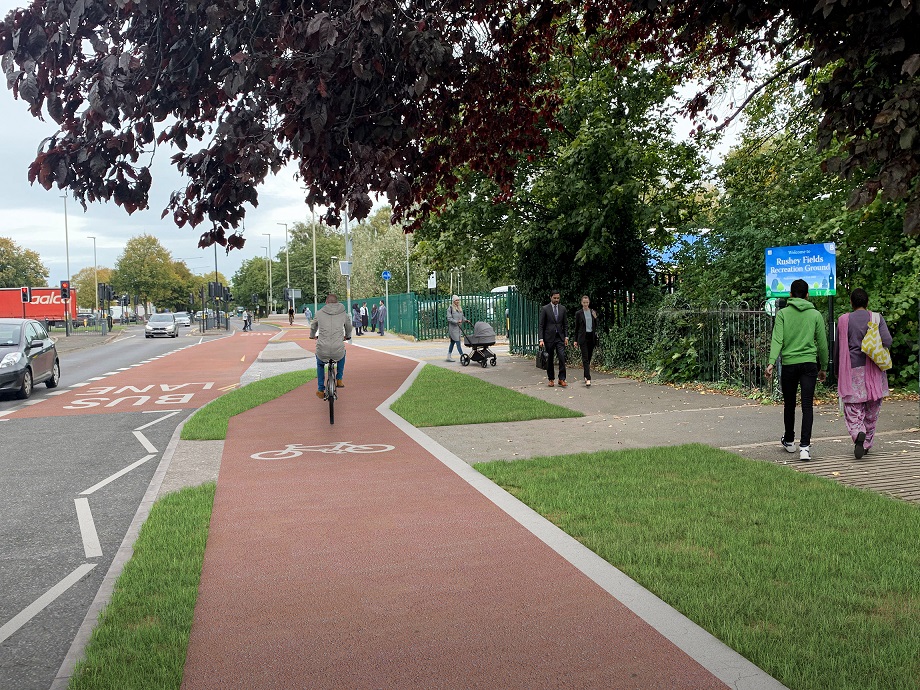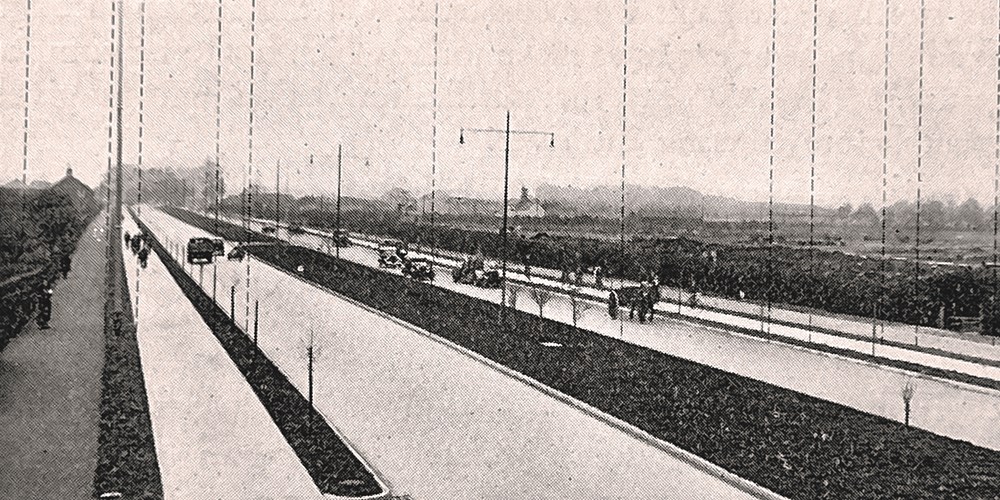A CYCLEWAY in Leicester that was first laid out in the 1930s is to be repaired and improved by the city council.
The eastern side of the Melton Road cycle tracks – between Troon Way and Lanesborough Road – is to be resurfaced and converted into a safe and convenient two-way route for cyclists.
As part of the scheme, there will also be improvements to junctions that will give priority at side roads to those walking or cycling, while a new toucan crossing – which allows cyclists to cross safely alongside pedestrians – will be installed on Melton Road, south of the Lanesborough Road junction.
Existing crossings between Troon Way and Lanesborough Road will also be upgraded to toucan crossings.
The cycleway scheme – which is funded by Active Travel England – follows work to resurface the carriageway on Melton Road, which was completed last year.
City Mayor Peter Soulsby said: “Leicester has a strong track record of success in bidding for Government funds to improve the city’s cycling and walking infrastructure.
“This latest scheme will revive an historic cycleway that has served cyclists well since the 1930s but, after 90 years, the old concrete track is now in a poor state of repair.
“A new, smooth tarmac surface will greatly improve the experience for cyclists and bring this important section of our cycling network up to modern standards.”

The cherry tree-lined cycle track was laid out in the 1930s, at a time when far more people travelled by bike than by car, but the growing number of vehicles on the road meant cyclists needed to be kept safe. Across Britain, hundreds of miles of paved, segregated cycle tracks were created, mostly to link people in new areas of housing with their jobs on industrial estates.
Equipment will start arriving on site next week (w/c 22 April), with work to upgrade the historic cycleway getting under way on Monday 29 April. The scheme will take around 14 weeks to complete.
While work is under way along the eastern side of Melton Road, cyclists will be diverted to the track on the western side of the road, which was upgraded last year.
Works will be carried out during off-peak hours to minimise disruption to all road users.
As part of the improvements to the Melton Road corridor, works will also be undertaken to improve the overall appearance of the road – which is a key gateway into the city.
Redundant poles and signs will be removed as part of a decluttering exercise, litterbins will be upgraded, vegetation will be cut back and bollards will be repainted to smarten up the corridor.
The Melton Road cycleway project has been funded with a £1.1m contribution from Active Travel England.
That funding is part of an award of nearly £2.2million that was successfully bid for by the city council in 2022. The funding is also supporting the completion of new cycleways and footway improvements on Saffron Lane between Aylestone Road and Copinger Road.
City Mayor Peter Soulsby said: “More than 18,000 people are estimated to make daily journeys by bike in Leicester, but one of the biggest barriers to regular walking and cycling is the need for safe and easy to follow direct routes.
“Providing off-road routes like these, together with more space for pedestrians, means everyone can travel safely – and sustainably – by bike or on foot.”
(ends)
Picture captions:
(Top) An early photograph of Melton Road dating from the 1930s, showing the clearly defined footpath, cycle track and carriageway. The areas for pedestrians, cyclists and drivers are separated by a grass verge.
(Below) An artist's impression of how the improved cycleway will look.
Notes to editors:
Active Travel England is the government’s executive agency responsible for making active travel the preferred choice for everyone to get around in England. Its objective is for 50% of trips in England’s towns and cities to be walked, wheeled or cycled by 2030. By working with local authorities to improve standards of active travel infrastructure and make travelling actively easy, safe and fun, it is enabling people to choose a healthier, greener and cheaper form of transport for everyday journeys.
Active Travel England is an executive agency sponsored by the Department for Transport.
